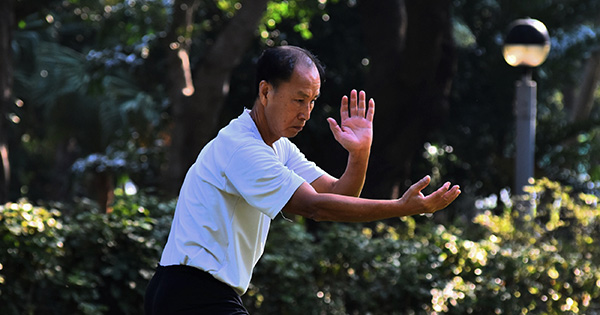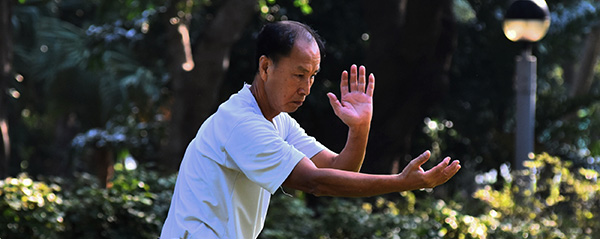
America is a stressed nation, with an American Psychological Association survey noting that three out of four adults report having one stress symptom in the previous month, and 45% admitting to lying in bed at night, plagued by worry. The situation is particularly dire for those working in high stress jobs, including military personnel, firefighters, air pilots, and health care professionals (doctors and nurses). If you work in one of these professions, it is vital to take a proactive approach to stress, in order to enjoy sound physical and mental health while enhancing your work performance.
Why is Stress so Dangerous?
Stress does more than keep us tossing and turning at night. It is linked to serious diseases like heart disease, Type 2 diabetes, and obesity. It also affects fertility, making it harder for women to conceive. Stress is additionally linked to anxiety and depression – the two most common mental conditions plaguing Americans.
Why Tai Chi?
Numerous studies have shown that Tai Chi and two other mindful practises – meditation and yoga – are particularly effective at lowering levels of stress hormone, cortisol. One study published in the Applied Nursing Research journal offered Tai Chi to older nurses for a 15-week period. Findings showed that, compared to a control group, the Tai Chi group had a 20% greater reduction in work stress after the end of the study period. They also showed a 23% greater reduction in general stress. Researchers noted that preserving nurses’ mental wellbeing is particularly vital because sufficient numbers of younger nurses are not available to replace the large number of nurses retiring. The aim is to keep nurses working longer, but in order to do so, the important issue of stress must be addressed – and Tai Chi can clearly form an important part of a successful strategy.
Not all Workers are in Optimal Health
Many people forge ahead at work despite battling conditions like osteoarthritis and heart disease. Studies have shown that Tai Chi can significantly improve the quality of life for people with these conditions. Performing well at work involves psychological as well as physical strength; the ability to interact with others and maintain a positive mood. Tai Chi has been found to beat depression and help people cope with even challenging diseases such as cancer. Its ability to keep the mind ‘in the here and now’ allows many people to escape the negative thought patterns that worry about the future can bring about.
Tai Chi and Veterans
Work related stress is particularly devastating in those with Posttraumatic Stress Disorder as a result of experience on the battlefield or in wartorn countries. Researchers at the Boston University Medical Center found that Tai Chi was helpful to those with PTSD. In particular, this ancient practise helped soothe symptoms like intrusive thoughts and difficulty with concentration. Of course, it also significantly boosted participants’ flexibility, strength, and ability to manage pain.
Tai Chi for Everyone
Tai Chi (as well as yoga and mindfulness meditation) are ideal stress busters for busy workers for many reasons. Since it is a low-impact activity, it is suitable for people of all fitness levels and ages. It is great for older executives who may be just starting an exercise regiment, because it does not strain the joints and muscles. It does not leave practitioners breathless or cause a spike in the heart rate, yet it incredibly effective at boosting strength and mindfulness – a quality which busy workers can find very elusive in their day to day lives.
Tai Chi has so many benefits that busy workers can enjoy. These include a reduction in osteoarthritis related pain, improved balance, and, as mentioned above, an improved ability to manage stress. Many modern day individuals may not be able to work less or for shorter hours, but one thing they have the power to do, is reduce stress through the powerful yet gentle practise that is Tai Chi.



